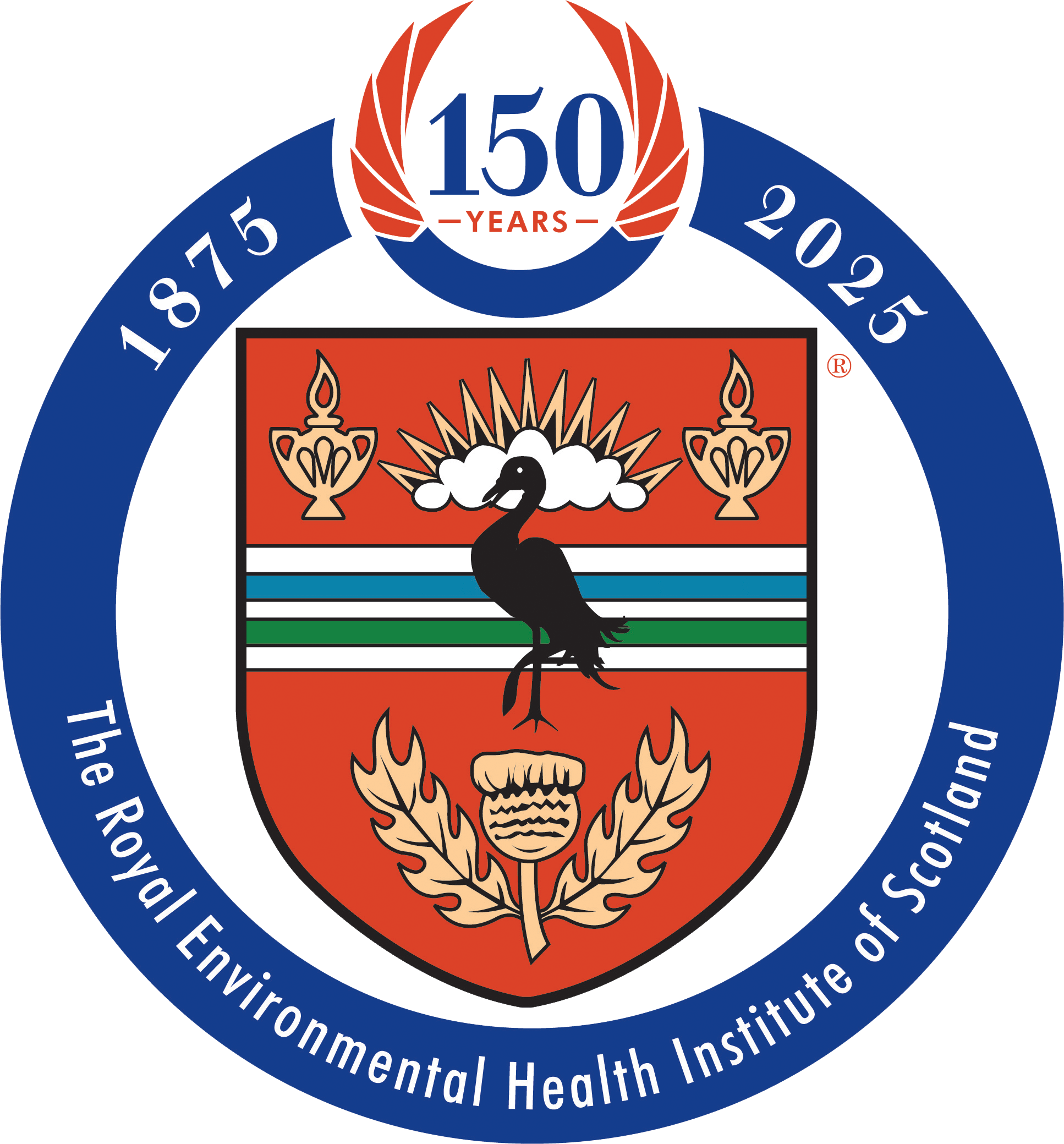The Chartered Trading Standards Institute (CTSI) has issued a warning this Christmas about unauthorised additives in imported American snacks, sweets and fizzy drinks. These products, popularised by social media influencers on platforms like TikTok, are flooding UK high streets, posing serious health risks to children.
As Christmas approaches, American confectionery has become a must-have stocking filler, with children and teenagers driving demand. These brightly coloured sweets, snacks and drinks are heavily promoted by social media influencers on platforms like TikTok, where viral videos showcase ‘candy hauls’ and taste tests of imported products. The trend has grown in popularity in recent years, making these items a symbol of festive indulgence among younger audiences.
Convenience stores and high-street retailers have capitalised on this growing popularity, stocking these products in record numbers to meet seasonal demand. However, the allure of American candy often masks serious risks. Many of these imported products fail to meet UK safety and legal standards, lacking proper allergen declarations or containing unauthorised additives with known health risks.
Staffordshire County Council’s Trading Standards team has been leading efforts to address the growing issue of unsafe American confectionery. During a recent pilot project funded by the Food Standards Agency, they seized 3,378 items valued at £8,500 from local shops. These products, often manufactured for foreign markets, contained unauthorised additives such as:
• Yellow 6 (E110): Found in corn-based snacks, linked to hyperactivity in children .
• Carrageenan: Used in jelly cups, posing a choking hazard for children.
• EDTA: An additive prohibited in drinks, linked to developmental issues in animal studies.
The inspections revealed 89% failed to comply among shops, with common issues including:
• Products containing unauthorised additives. (1)
• Missing English labelling or allergen declarations. (2)
• Expired products still being sold. (3)
In addition to these findings, recent actions by Staffordshire’s Trading Standards team have uncovered further concerning statistics. Approximately 3,700 non-compliant products valued at £10,300 were confiscated during inspections, including:
• 1,750 cans/bottles of drinks containing EDTA.
• 1,545 packets of crisps containing Yellow 6 (E110).
• 400 packets of sweets containing mineral oil, bleached flour, or carrageenan.
These inspections also highlighted a 25% failure to comply rate in stores where American confectionery was identified and subsequently removed from shelves. These products, often referred to as ‘grey market goods’, are manufactured for foreign markets and fail to comply with UK food safety standards.
Operation Tootsie, an earlier Trading Standards initiative, further emphasised the scope of the problem, revealing a 77% failure rate among products purchased from national retailers and an even higher 91% failure rate among importers.
Dean Cooke, CTSI Lead Officer for Food, explained:
“Social media has amplified the demand for American sweets, with influencers on platforms like TikTok showcasing these colourful products in ways that appeal to children and teenagers. While this drives seasonal sales, it also creates a dangerous market for items that fail to meet UK safety standards. Retailers must take responsibility to ensure compliance, and parents need to be vigilant in checking labels to protect their children from potential harm.
“Importers, by law, have to re-label products with a UK/GB address. If there is any problem with the food, customers and Trading Standards may need to contact a legally responsible person in this country. If food does not have a UK/GB address on the label, we would advise for them not to buy it.”
Councillor Victoria Wilson, Cabinet Member with responsibility for Trading Standards at Staffordshire County Council, added:
“Our Trading Standards team works tirelessly to ensure that food sold in Staffordshire complies with safety standards. During this pilot project, we were alarmed to find over 3,300 unsafe items on sale, many of which contained unauthorised ingredients and were targeted at children. These items are often poorly labelled and can contain harmful additives, posing serious public health concerns. Parents need to stay alert and avoid products with unclear labelling, especially during the festive season.”
Consumers are urged to scrutinise labels for compliance. Items labelled with American weight measurements (ounces, fluid ounces) are likely imports. These products must adhere to UK food safety standards, including accurate allergen labelling and exclusion of unauthorised additives.
Trading Standards continue to tackle this growing issue through targeted operations, including working with national retailers and wholesalers. Anyone unsure about the safety of products in England and Wales can contact the Citizens Advice Consumer Helpline on 0808 223 1133. You can get consumer advice applying to Northern Ireland by calling Consumerline on 0300 123 6262. Consumers In Scotland should contact Consumer Advice Scotland by calling 0808 164 6000.
Salford City Council Trading Standards have produced some really useful resources to help explain the issues with clear examples of what to look out for:
Consumer Advice leaflet
Business Advice Leaflet






